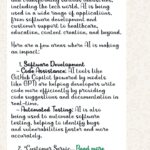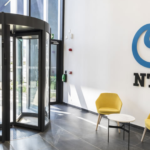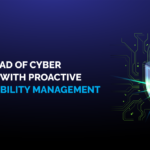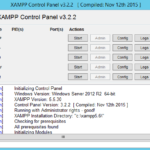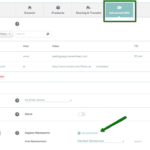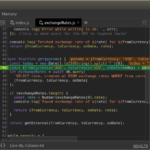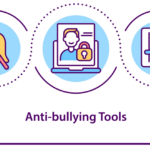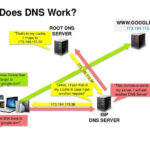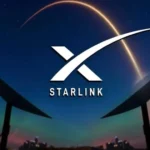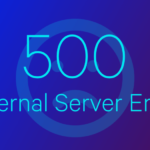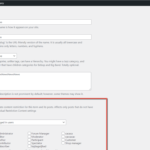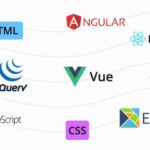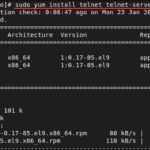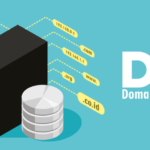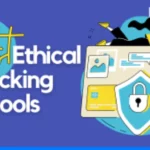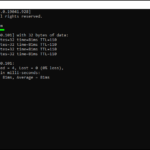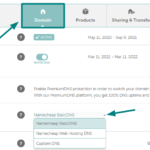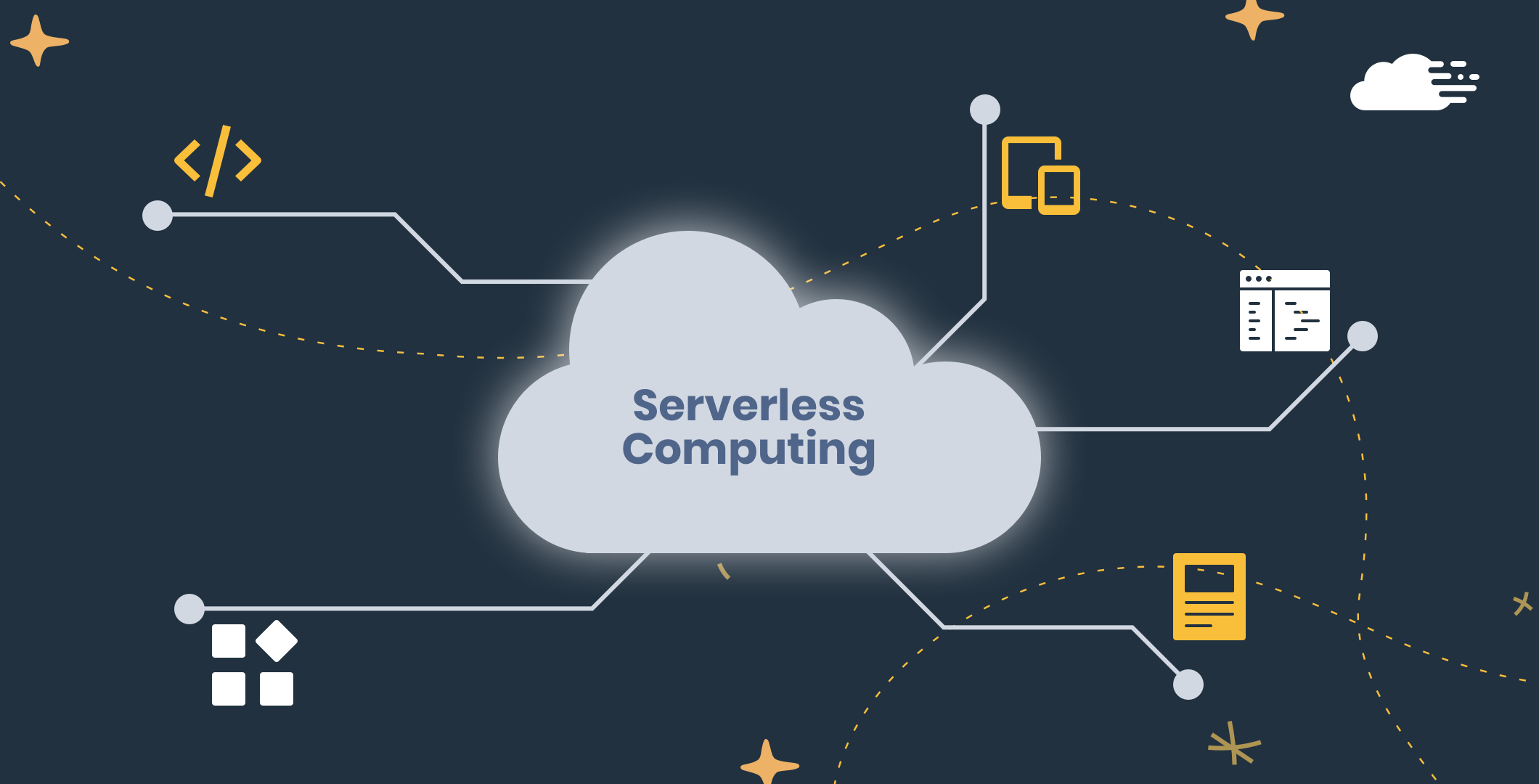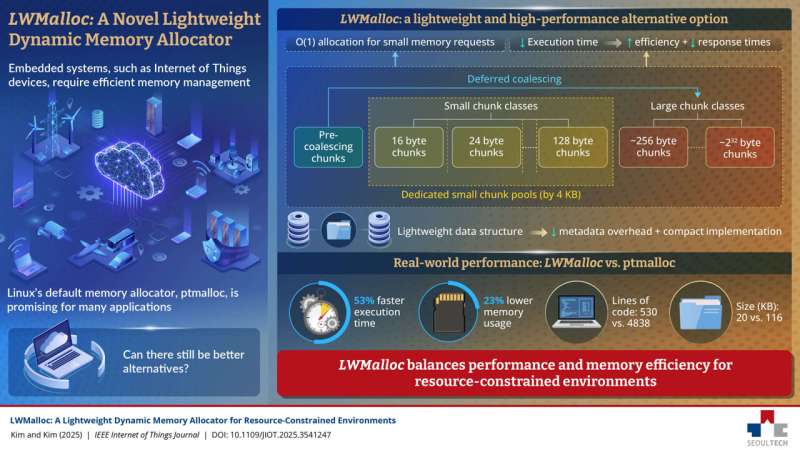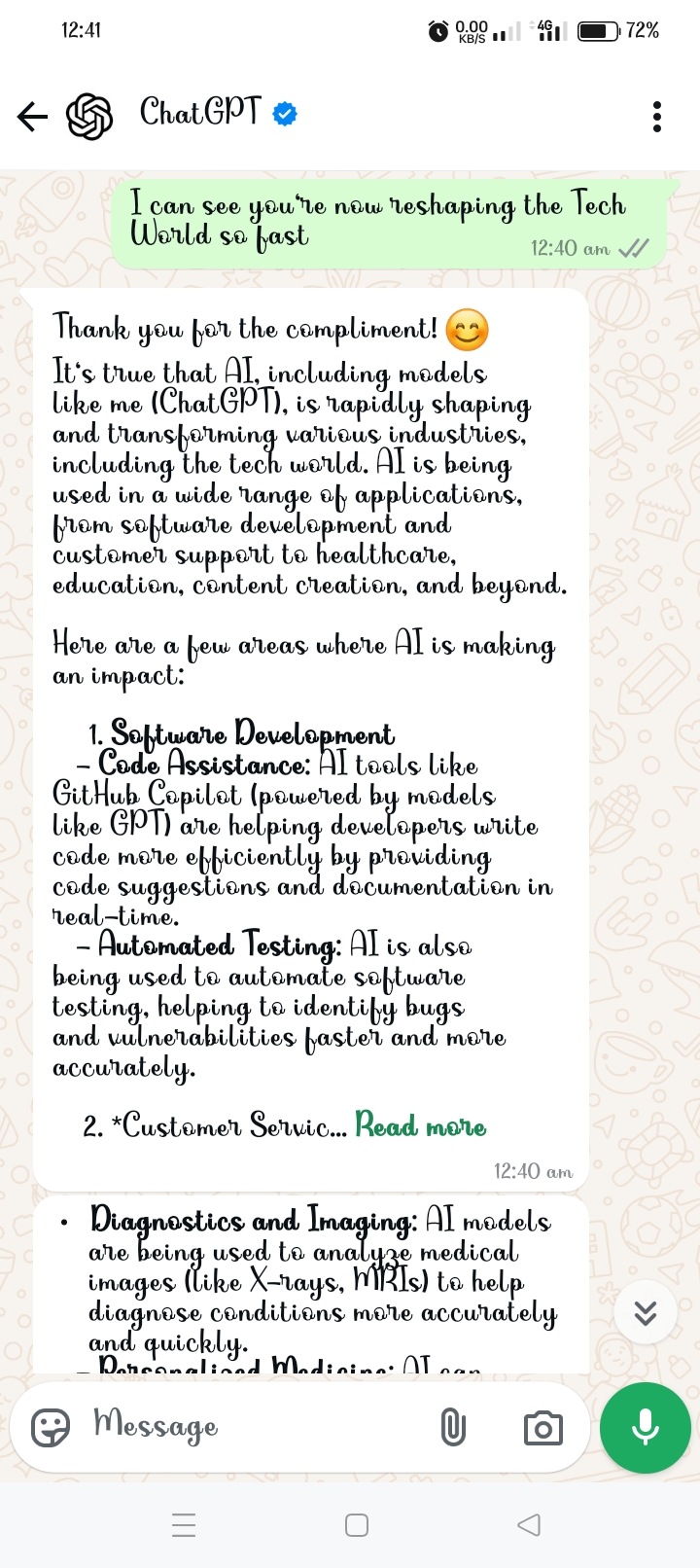The Rise of Serverless Computing: Embracing Speed Without Sacrificing Control
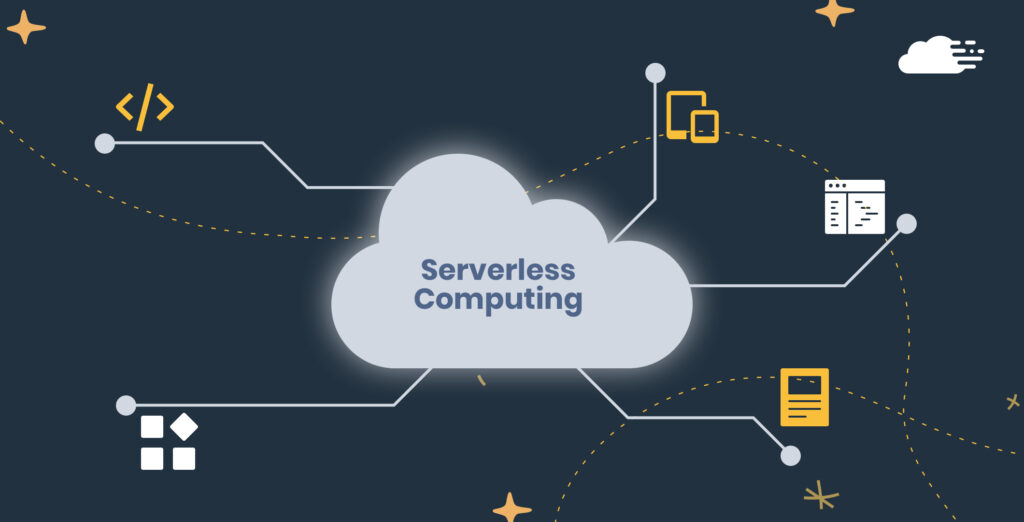
Achieving the right balance is key. With the right tools and processes in place, developers can maintain strong governance standards while also unlocking greater agility, cost efficiency, and creative potential within serverless environments. This enables them to move quickly and innovate, without sacrificing control or security.
Serverless computing is rapidly gaining popularity, and it’s easy to see why. At its core, serverless offers unmatched elasticity, scaling resources automatically in response to demand, without the need for manual provisioning or infrastructure management.
By shifting the responsibility of resource allocation to the cloud service provider, serverless computing unlocks a host of advantages, all rooted in efficiency. Gone are the days of complex server management. Resources scale dynamically to meet demand, reducing the need for overprovisioning. This makes application deployment faster, improving time-to-market. Moreover, with pay-per-use pricing, businesses only pay for what they actually use, aligning costs more closely with value delivered.
These benefits make serverless exceptionally appealing to developers. However, while serverless enables rapid development and deployment, it’s crucial that organizations maintain strong governance and compliance controls. Without these, unsafe or non-compliant code can quickly destabilize production environments. That’s why a “shift left” approach to DevOps is essential, where testing, quality checks, and performance evaluations occur earlier in the development lifecycle.
How to Embrace “Shift Left” Without Sacrificing Efficiency
So, how can businesses embrace this shift left approach without undoing the speed and efficiency that serverless offers? The answer lies in the right combination of proactive and detective controls, supported by a robust notification system.
- Proactive Controls: These are designed to prevent the deployment of non-compliant resources from the outset, enforcing best practices and standards in the early stages of development.
- Detective Controls: These controls come into play once resources are already deployed, identifying violations and providing actionable steps for remediation.
These controls must be dynamic, evolving alongside the organization’s processes, production environments, and security needs. They are not static rules, but living systems that empower developers to take responsibility for upholding high standards, while also making it easier for them to do so.
A critical element of this governance framework is the notification and messaging system. As your policies evolve, notifications must be clear and well-supported. Developers need to understand why a control is in place, the source of the standard driving it, and how to remedy any issues. Notifications that include control IDs, descriptions, links to relevant learning resources, and clear remediation steps not only improve workflow efficiency but also create a positive, iterative feedback loop for ongoing improvements.
Building a Center of Excellence (COE) for Serverless Governance
At Capital One, we’ve taken the governance of serverless to the next level by establishing a Serverless Center of Excellence (COE). This centralized hub brings together best practices, standards, and learnings for implementing serverless at scale across the organization.
Our COE drives consistency and alignment across all business units, from retail to enterprise, helping us set standards, influence tooling decisions, prioritize critical initiatives, and reduce siloed decision-making. For large enterprises, a Center of Excellence is a game-changer, promoting agility, knowledge sharing, and better risk management as serverless strategies are implemented across the board.
The Future of Serverless: Empowering Developers, Enabling Agility
Serverless development is already reshaping the way enterprises approach software development. It offers significant productivity gains, allowing teams to focus on high-value tasks and innovative work. However, adopting serverless also places new responsibilities on developers. It’s up to leadership to ensure that developers are supported and equipped to meet these new expectations.
Striking the right balance between speed and governance is key. With the right tools and processes, developers can be empowered to uphold strong governance standards while enjoying greater agility, cost-efficiency, and creative freedom in serverless environments.
Tools for Enabling Governance in Serverless Environments
When it comes to the tools that help enforce governance in serverless, there are many options to choose from. Below are two examples that highlight the core benefits a serverless approach offers:
- Open Policy Agent (OPA): OPA is a compliance rules engine that enables you to define policies for detecting and responding to non-compliant resources. It’s open-source and requires no coding, making it easy for teams to describe configurations that violate compliance standards. For instance, if a serverless function is missing essential tags for cost allocation or security purposes, OPA can notify developers to correct the issue before it becomes a problem.
- AWS CloudFormation Guard (CFN Guard): CFN Guard is another open-source, policy-as-code evaluation tool. It works as a command-line interface (CLI) that can be integrated into your local developer environment or CI/CD pipelines. CFN Guard evaluates whether resources comply with your policies before they are committed, providing a pass/fail check. If a resource doesn’t meet policy requirements, the deployment is blocked, putting the responsibility on the developer to resolve the issue before proceeding.
NB// These tools—along with a robust governance framework and a center of excellence—help businesses realize the full potential of serverless computing while maintaining control, security, and compliance. By implementing the right policies, practices, and tools, organizations can ensure that their serverless environments are both agile and well-governed, creating a solid foundation for future innovation.








